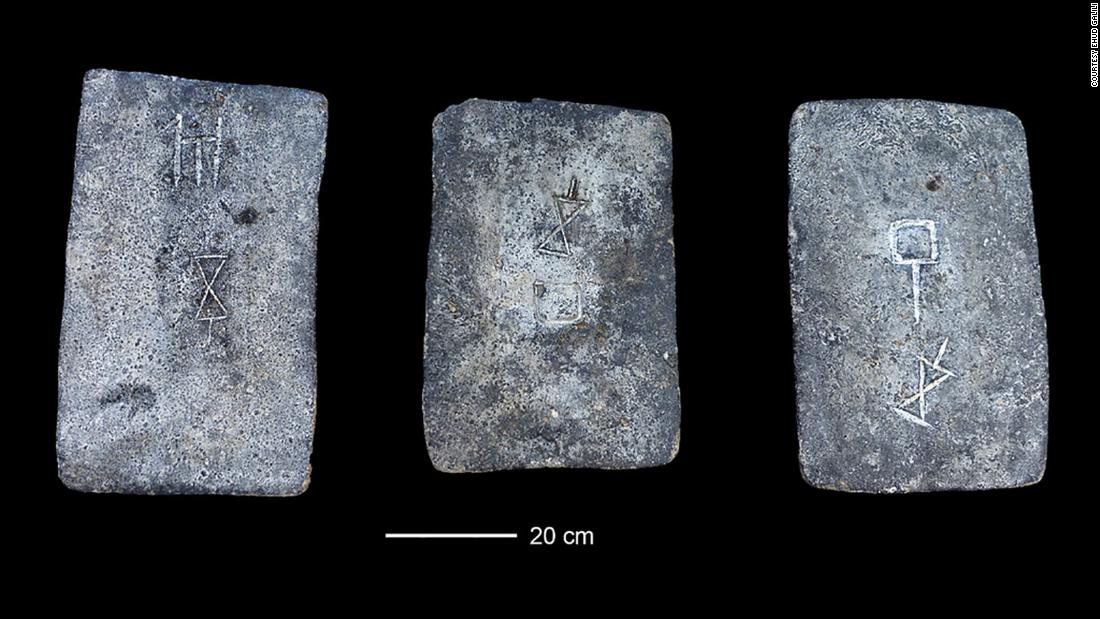Researchers from Heidelberg University and the Curt Engelhorn Centre for Archaeometry, Mannheim studied 27 tin ingots — metal cast into bars, plates, or sheets — from sites in Israel, Turkey and Greece.
Many of the ingots were discovered from shipwrecks off the coast of Israel and Turkey.
Using lead and tin isotope data and trace element analysis, the archeologists discovered that the metal ingots, which dated from the 13th and 12th centuries BC, did not originate from Central Asia as previously thought, but instead came from tin deposits in Europe.
Perhaps most surprisingly, the team found that tin artifacts from Israel most likely came from Cornwall and Devon in southwest England.
The findings, researchers say, prove that “complex and far-reaching” trade routes existed between Europe and the Eastern Mediterranean in the Bronze Age.
“Tin objects and deposits are rare in Europe and Asia. The Eastern Mediterranean region, where some of the objects we studied originated, had practically none of its own deposits,” Prof. Dr Ernst Pernicka, who was involved in the research, said in a press release.
“So the raw material in this region must have been imported”, he added.
“The Israeli tin ingots could be examples for emerging tin networks between northwestern Europe and the eastern Mediterranean area — probably via the Greek mainland under the Mycenaean regency — that could have persisted some hundred years,” researchers said in the study, which was published in the PLOS science journal.
“The results of the study show that tin metal in that time was acquired in distant lands and transported over thousands of kilometers from probably Great Britain to the Eastern Mediterranean,” Daniel Berger, a archaeometallurgist who carried out the research, told CNN.
Berger told CNN that tin was a valuable material for ancient people because it was a key component of bronze — an alloy of copper and tin.
This article was originally published by Cnn.com. Read the original article here.


